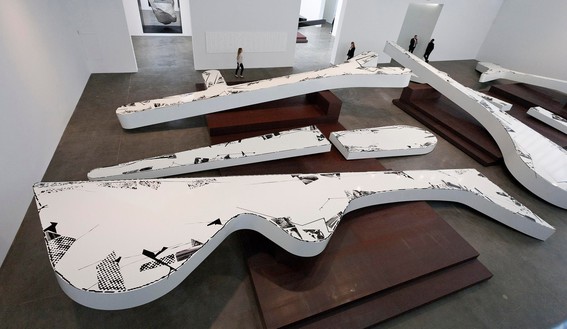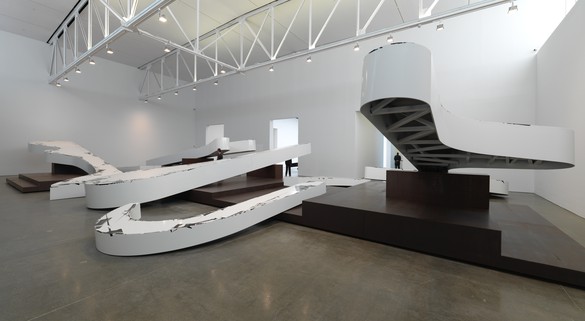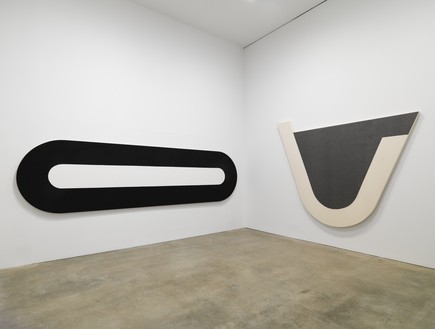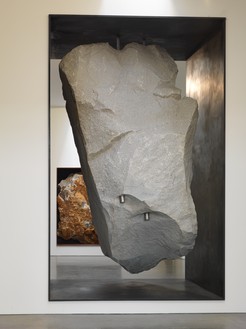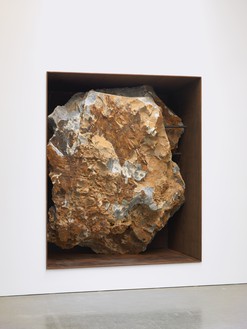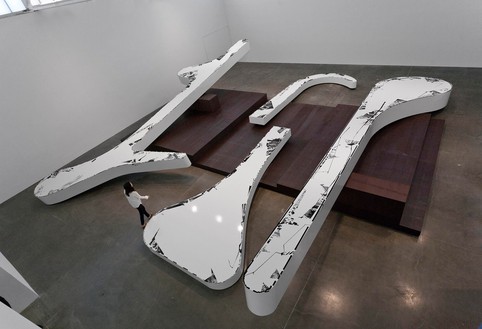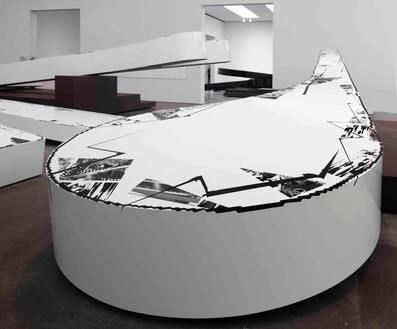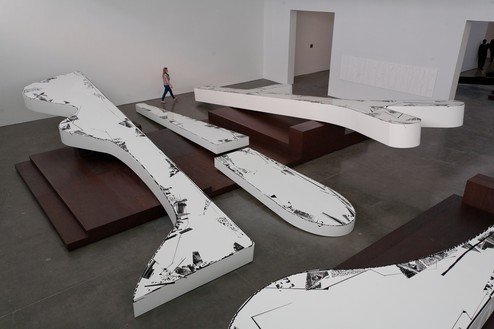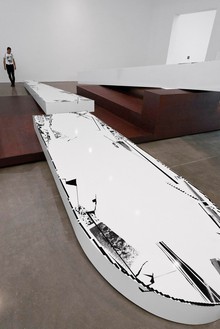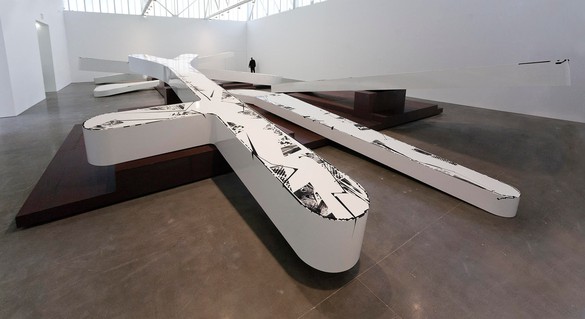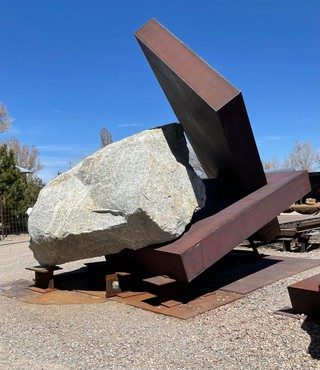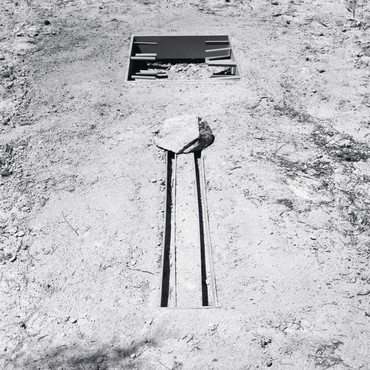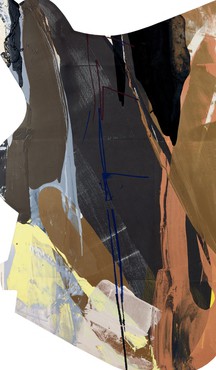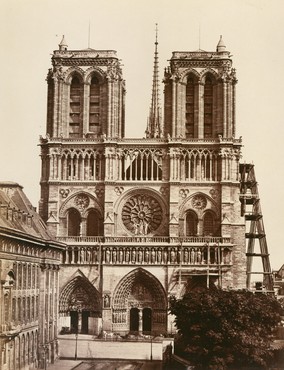About
Size is real. Scale is imagined size.
—Michael Heizer
Gagosian New York is pleased to present the work of legendary sculptor Michael Heizer. Heizer’s first exhibition with the gallery comprises rarely or never-before-seen early paintings, the Altar series of new monumental steel sculptures, and negative wall sculptures featuring metamorphic and igneous rocks.
Working largely outside the confines of gallery and museum, Heizer has redefined sculpture in terms of size, mass, gesture, and process. In the late 1960s, he relocated to New York, while continuing to travel and live in the open terrain of the American West, where he has since created awe-inspiring land artworks. Heizer draws on both ancient and contemporary architecture and art, cultivating tons of materials, including dirt, rock, and steel, in his quest to create a “permanent American art.” These influences are present in City, the vast land sculpture in Nevada that he has been building continuously since 1972. North, East, South, West, which he first executed in the Sierra Nevada mountains in 1967 and finally resolved at Dia:Beacon in 2002, comprises four geometric depressions, each sinking twenty feet below the ground. Double Negative (1969–70), a pair of cuts fifty feet deep in facing cliff edges of Mormon Mesa in Nevada, was made by displacing 240,000 tons of sandstone and rhyolite.
The shaped canvases from the 1960s and 1970s demonstrate Heizer’s early exploration of positive and negative forms; such harmonies of presence and absence, matter and space, are essential to his art. In Trapezoid Painting (1966) and Track Painting (1967), he emphasizes the perimeters of raw canvases by painting them black, while the white interiors are perceived as negative spaces. These hard-edged “displacement paintings” parallel the immense geometries he achieves when moving earth. The slate gray contours of U Painting (1975), for example, anticipate the shapes of the depressions and angular mounds later created in City.
Share
Artist
Download
Michael Heizer: Altars
Kara Vander Weg takes us through the artist’s 2015 Altars exhibition.
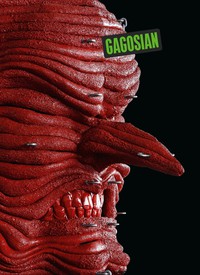
Now available
Gagosian Quarterly Fall 2022
The Fall 2022 issue of Gagosian Quarterly is now available, featuring Jordan Wolfson’s House with Face (2017) on its cover.
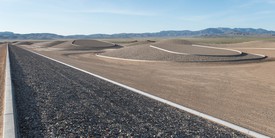
A City in the Ocean of Time
Michael Heizer’s City, an artwork over fifty years in the making, opened to the public this fall. To celebrate this momentous occasion, we are honored to publish the late Dave Hickey’s report on his visit to the City.

Artists’ Magazines
Gwen Allen recounts her discovery of cutting-edge artists’ magazines from the 1960s and 1970s and explores the roots and implications of these singular publications.
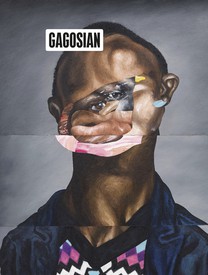
Now available
Gagosian Quarterly Fall 2019
The Fall 2019 issue of Gagosian Quarterly is now available, featuring a detail from Sinking (2019) by Nathaniel Mary Quinn on its cover.

Intimate Grandeur: Glenstone Museum
Paul Goldberger tracks the evolution of Mitchell and Emily Rales’s Glenstone Museum in Potomac, Maryland. Set amid 230 acres of pristine landscape and housing a world-class collection of modern and contemporary art, this graceful complex of pavilions, designed by architects Thomas Phifer and Partners, opened to the public in the fall of 2018.
